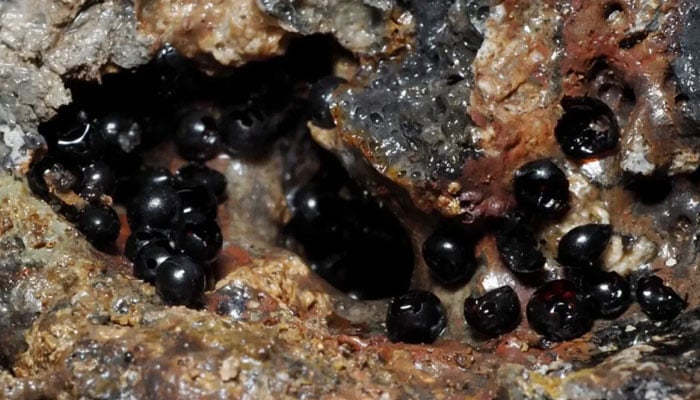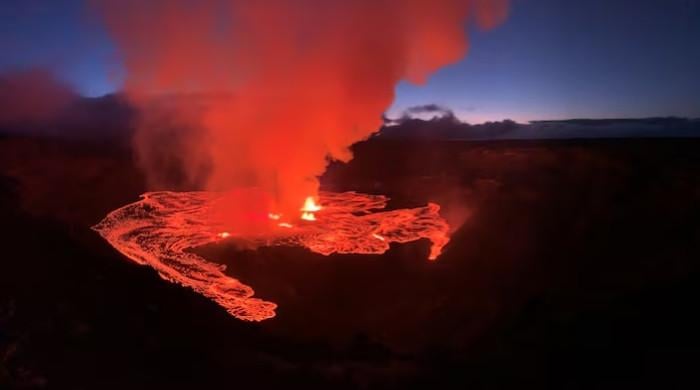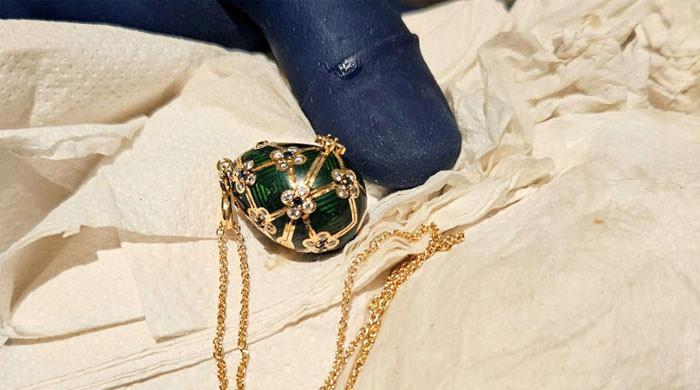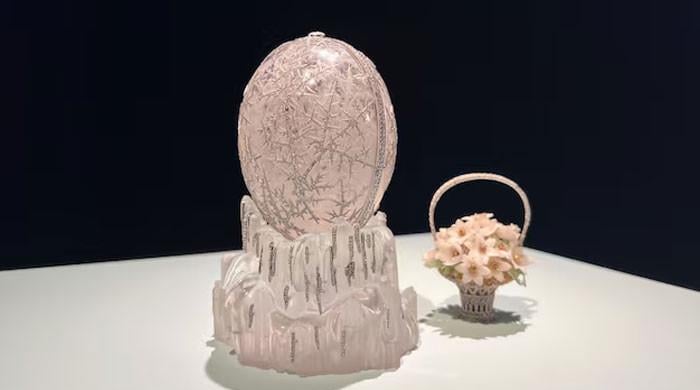Japanese professor retrieves mystery jet-black eggs from depths of Pacific
Tiny eggs that resembled black pearls were found 6,200m below surface of Pacific Ocean
January 25, 2024

Despite the extreme pressures, limited light and freezing temperatures, some creatures can survive in the deepest recesses of the world's oceans, thousands of feet below the wreck of the Titanic.
Meanwhile, the furthest humans have dived without a submersible was 332.35 meters, with the use of specialised equipment and training.
We have only just begun to comprehend the world that exists within this abyss, which is not surprising given the challenges of exploring at such depths, and the most recent discovery has left scientists excited.
Dr Yasunori Kano, from the University of Tokyo, spotted jet-black eggs in the Kuril-Kamchatka Trench while piloting a remote-operated vehicle (ROV), Indy100 reported.
Despite the darkness of the trench, Kano was able to retrieve the eggs at a depth of 6,200 meters.
He presented them to Dr Keiichi Kakui of Hokkaido University, who co-authored a paper on the remarkable discovery, with Assistant Professor AoiTsuyuki, published in the journal Biology Letters.
"When I first saw them [...] I thought they may be protists or something," Kakui explained to IFLScience.
Protists are a family of typically unicellular organisms that includes most algae and some fungi.
He continued: "Under a stereomicroscope, I cut one of them and a milky liquid-like thing leaked from it."
Kakui discovered that "after blowing the milky thing with a pipette", he found fragile white bodies within, which he later discovered were the cocoons of flatworms (platyhelminths).
Initially unaware of the rarity and their group, he eagerly awaited studying them upon returning to his lab.
Kakui and his team at Hokkaido University Museum extracted four intact egg capsules, revealing flatworm remains.
One worm was treated with ethanol and dehydrated for staining and analysis, while DNA was extracted from the other two worms, IFL Science reports.
Results showed that they had discovered "the deepest-dwelling free-living flatworms" on Earth breaking records and showing minimal differences in development between deep-sea flatworms and shallow-lurking counterparts.
Kakui added that other "precious samples" had been collected for the study so there’s plenty more work left to do.









